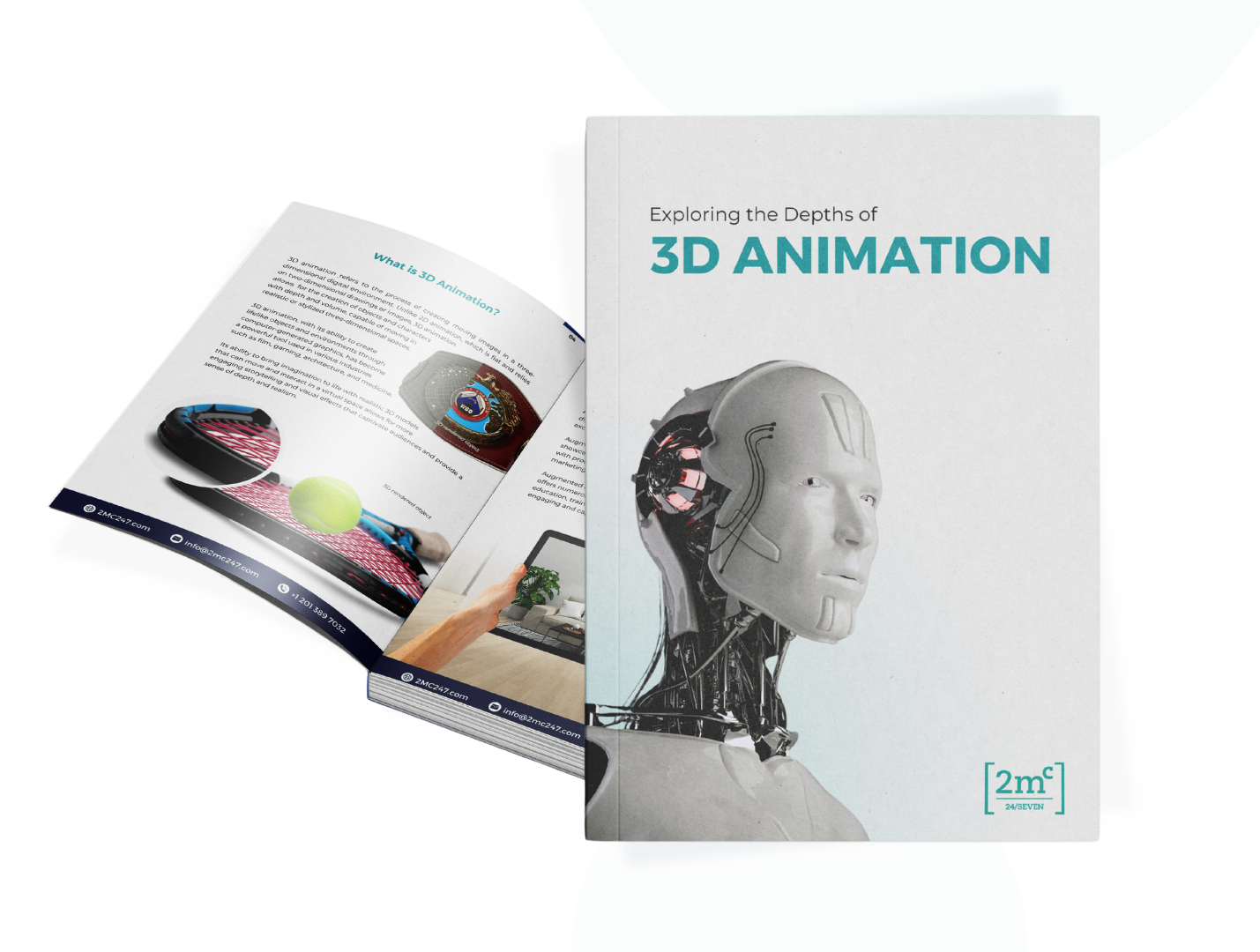When it comes to web design, a visually appealing layout is just the beginning. The real magic happens when your website offers an outstanding user experience (UX) that keeps visitors engaged and coming back. UX focuses on how users interact with your site, ensuring that their journey is smooth, intuitive, and enjoyable. A great UX design can significantly boost conversions and enhance customer satisfaction.
Here are key strategies for improving the user experience in web design:
1. Simplify Navigation
Effective navigation is one of the most critical components of user experience. If visitors can’t find what they’re looking for quickly, they’re likely to leave. A streamlined navigation system ensures that users can easily browse through your website.
Consider adding a sticky navigation bar, which stays visible as users scroll down the page. This keeps essential links accessible at all times. Additionally, a well-structured menu hierarchy, coupled with breadcrumb trails, guides users through the website with minimal friction.
2. Prioritize Speed and Performance
No one likes to wait. Page speed directly affects user experience, and a slow-loading website can drive visitors away. Aim to have your website load in under three seconds. You can improve performance by optimizing images, minifying CSS and JavaScript files, and leveraging content delivery networks (CDNs) to reduce server response time.
Regularly test your site’s speed with tools like GTmetrix or Google PageSpeed Insights, which provide actionable suggestions for improving load times.
3. Use Consistent Visual Design
A cohesive visual design creates a more professional and trustworthy appearance. Ensure that elements like fonts, colors, and button styles are consistent across the website. The visual hierarchy also plays a vital role in how users interact with content. By making key elements like CTAs more prominent through the use of size, color, and placement, you guide users toward desired actions without overwhelming them.
4. Focus on Mobile Optimization
With more users accessing websites through smartphones, mobile optimization is a must. A mobile-first approach ensures that your website is designed with smaller screens in mind from the outset, rather than being retrofitted later.
Utilize responsive web design techniques to create layouts that adjust seamlessly to different screen sizes. This not only improves UX but also boosts your SEO, as search engines like Google prioritize mobile-friendly sites in their rankings.
5. Interactive Elements and Feedback
Interactive elements such as buttons, hover effects, and forms play a significant role in engaging users. However, it’s essential that users receive visual feedback when they interact with these elements. For example, when a user hovers over a button, a slight color change or animation indicates that the action has been registered, creating a more intuitive experience.
Adding micro-interactions—small animations or responses triggered by user actions—also enhances the user experience by providing real-time feedback. These can be as simple as a loading icon or a form submission success message.
6. Accessibility Features
Making your website accessible to all users, including those with disabilities, is not only a best practice but also a legal requirement in many cases. Accessibility in web design ensures that everyone can navigate and interact with your site, regardless of their abilities.
Key accessibility features include adding alt text for images, ensuring keyboard navigation, and using proper contrast between text and background colors for readability. Tools like WAVE can help identify potential accessibility issues and suggest improvements.
7. Improve Content Layout for Readability
How you present content on your website is just as important as the content itself. Breaking down information into bite-sized chunks and using headers, bullet points, and visuals helps users digest the content more easily.
Additionally, employing white space around text and images gives the design room to breathe, making the website feel less cluttered. Studies show that white space around text increases user comprehension by 20%, making it a critical UX design element.
Boost Your Website’s User Experience Today!
Great design isn’t just about aesthetics—it’s about creating a functional, user-friendly experience that engages visitors and encourages conversions. At 2MC 24/7, we specialize in crafting websites with seamless user experiences that drive results.
Let’s elevate your web presence! Contact us today and take the first step toward designing a website that offers a superior user experience.





